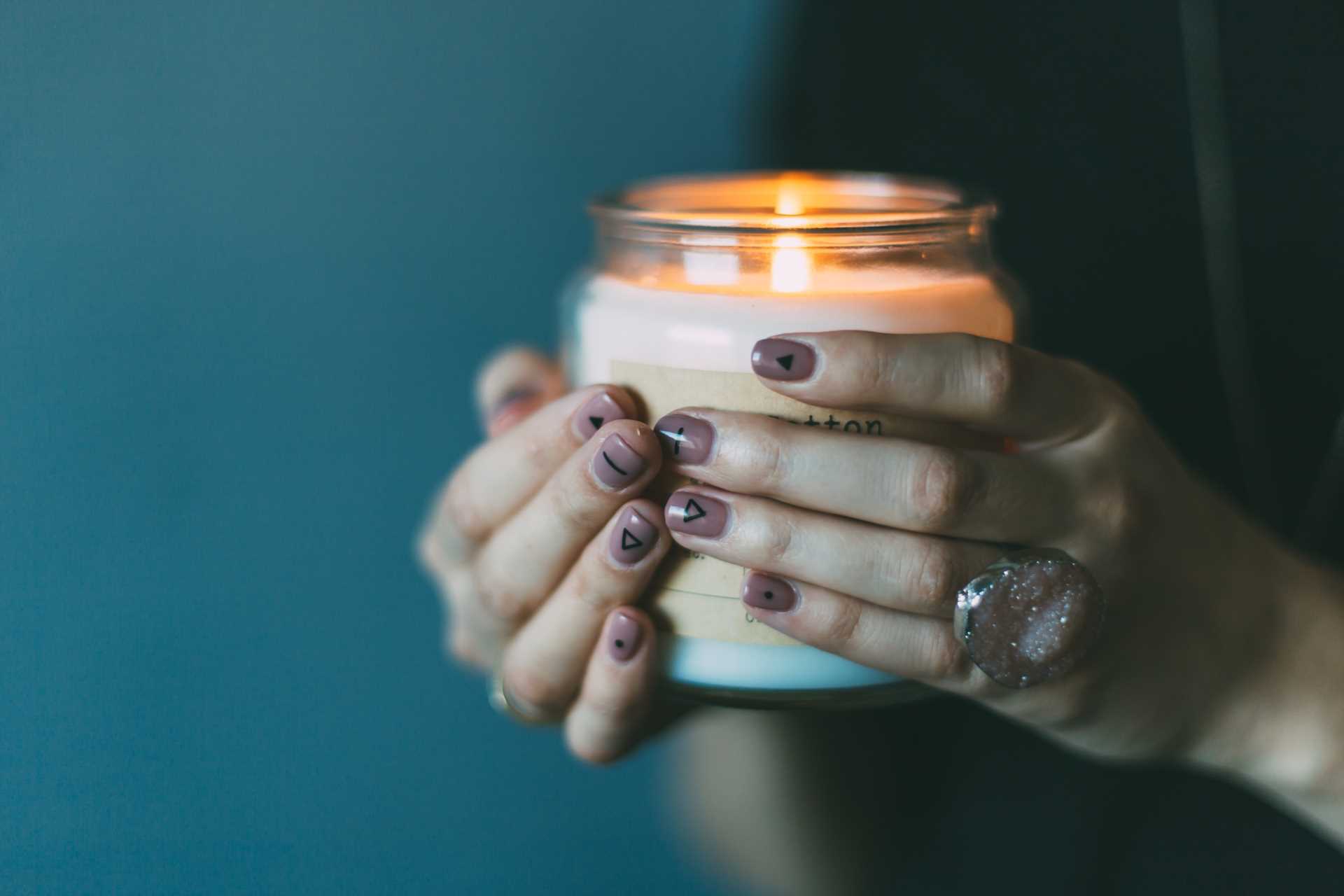
Date Published 04 May 2022
A sooty problem for candle lovers
We need to talk about soot.
'Soot??? You must be having a laugh ... I have gas central heating not an open fire!'
Don't worry, we're not talking about having a chimney sweep in, and were not talking about open fires in particular. We're talking about candles.
Candles and t-lights have become very popular over the last twenty years or so. Before that, you only really ever used to see them in Church, or in a box under the sink for when there was a power cut. But nowadays people have them as decorative items, or burn them every day for the scent or the relaxing glow they give off. They make great presents and they're very attractive.
But they can also be a bit of a pain, and here's why.
If you're a candle lover, then you've probably spotted that sometimes the flame from your candle is giving off a darkish smoke. It may only be intermittent, but it's definitely there. That dark appearance is caused by soot; tiny black particles that are the result of incomplete combustion.
So what does that mean?
Well, we'll explain that in a moment, but it's important to know that these miniscule black particles are carried upwards and stick to anything they come in to contact with. It can be the ceiling, walls, in fact anything really.
Without getting too scientific (and causing you to fall asleep), combustion needs oxygen, a fuel, and a heat source. The wax in the candle is the fuel and it contains carbon. Oxygen is readily available in the air around us, and you provide the heat source when you light the wick and start a flame burning. The wick continues to carry the fuel throughout the process. These elements are needed constantly and consistently in order for the candle to burn properly.
And thereby lies the problem. If the flame doesn't burn consistently with a good steady flow of oxygen, then soot (unburned carbon) is produced and is carried up in to the air.
How can this be overcome?
Well, it's a bit of a balancing act. If your candle is in a draught then it will get bursts of oxygen and the flame will flicker as it burns with differing amounts. This is when you'll see the dark smoke being given off.
OK then, let's put the candle in a tall glass cylinder, then it won't flicker. It seems like a good idea, but then the opposite happens … the oxygen inside the container is all used up and only a bit is drawn in at the top. We get the inconsistent burning again and you'll see soot being deposited on the inside of the cylinder and elsewhere.
The solution is to get air in at the bottom, so your candle needs to be contained in a votive or cylinder that has holes at the base so that air is drawn in constantly.
Now, we're not saying there is anything wrong with all those candles that are in large jars and have lids (you know the ones). They'll smell divine and give off that lovely glow, but you may have to keep an eye open for sooty marks on the inside of the container and on the walls, ceiling and nearby objects, especially as it burns down. And keeping the wick trimmed to around a quarter of an inch will also help things.
So what's the bottom line?
Tenancy agreements tend not to have a standard ‘candle clause' in them, so do thoroughly read yours through, just in case. Ask your agent or landlord if you're not sure about regularly burning candles.
The thing is, that if an inspection takes place and sooty marks are seen on ceilings, walls and other surfaces, then you may be asked to clean them off or could even face a bill for someone to clean the areas professionally.
Soot isn't easy to clean. It clings to surfaces and can be stubborn to remove, often smearing when you try to vacuum or wipe it off.
Prevention is better than cure.
Candles can create a lovely atmosphere – on the table during an evening meal, on the side of the bath whilst relaxing, on the mantle-shelf on a dark winter's day. The thing is, they can also cause problems with soot staining, creating an extra cleaning chore or an unexpected bill.
All we are highlighting is the possibility that candle soot could become a problem if you're a regular candle burner. Don't give yourself an extra cleaning job ... make a mental note right now and be candle soot aware!